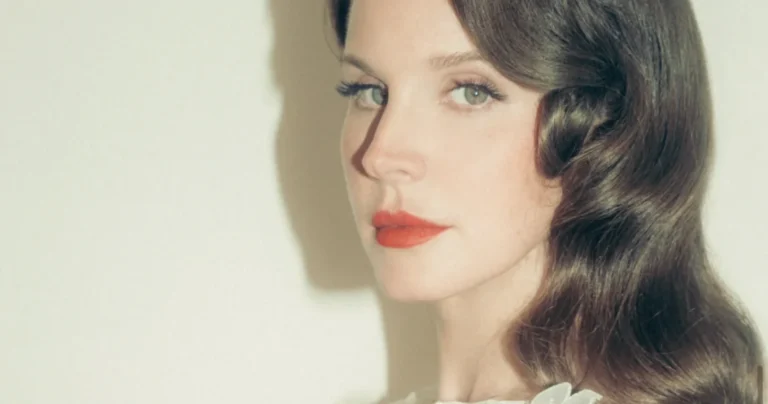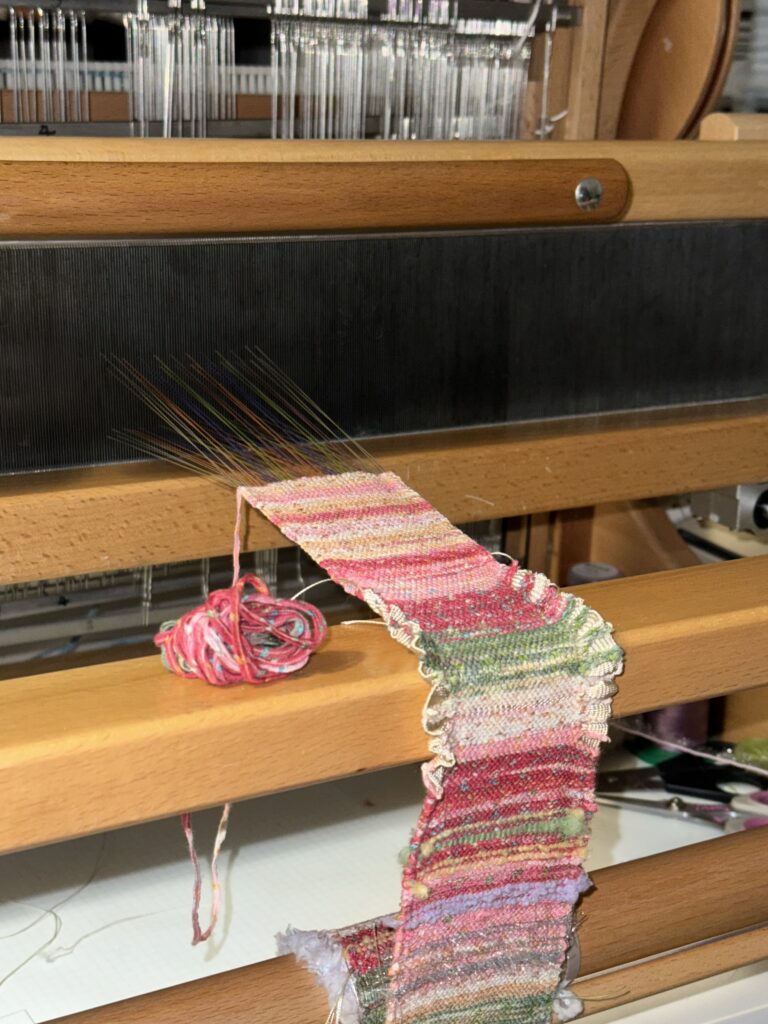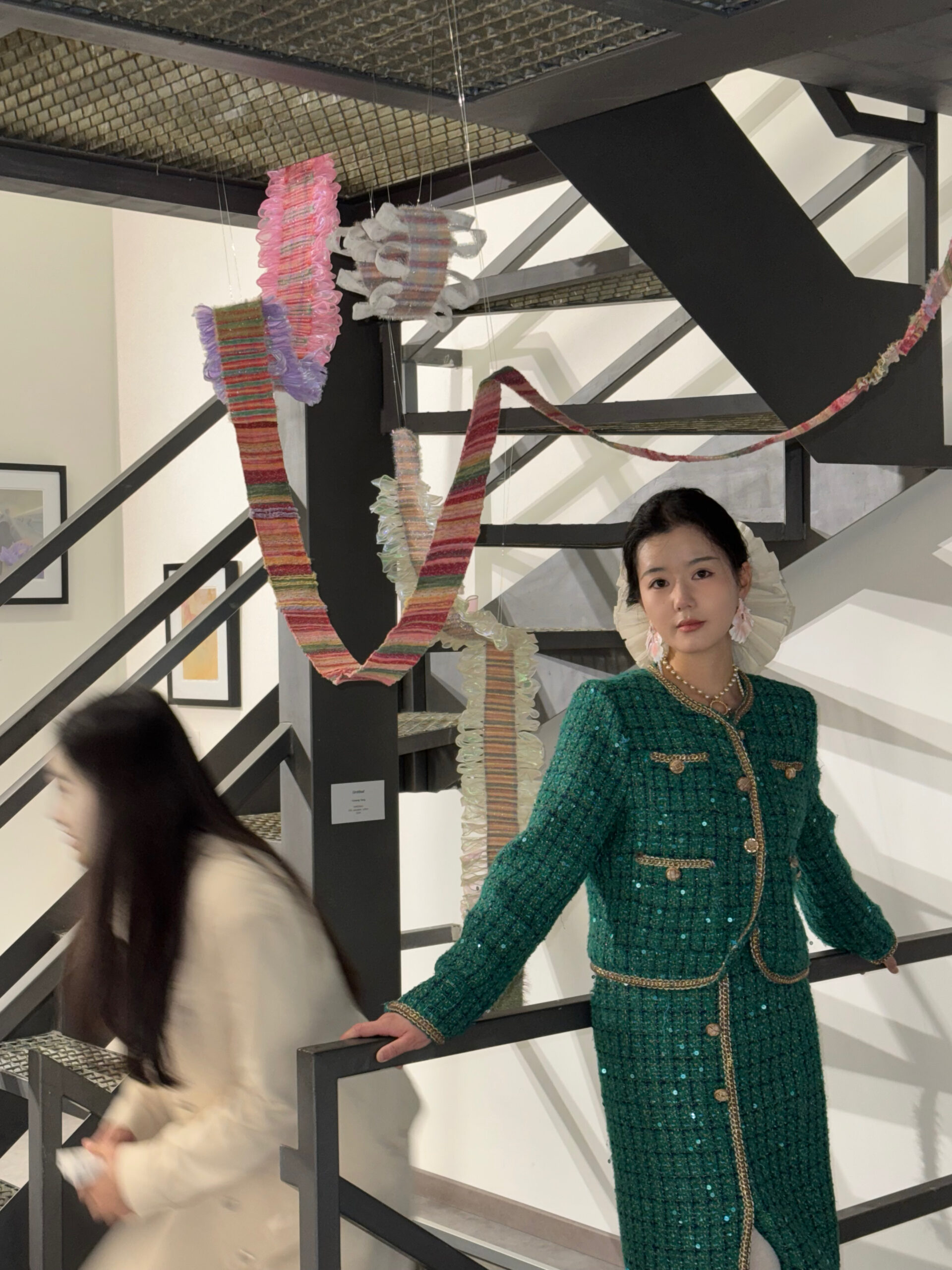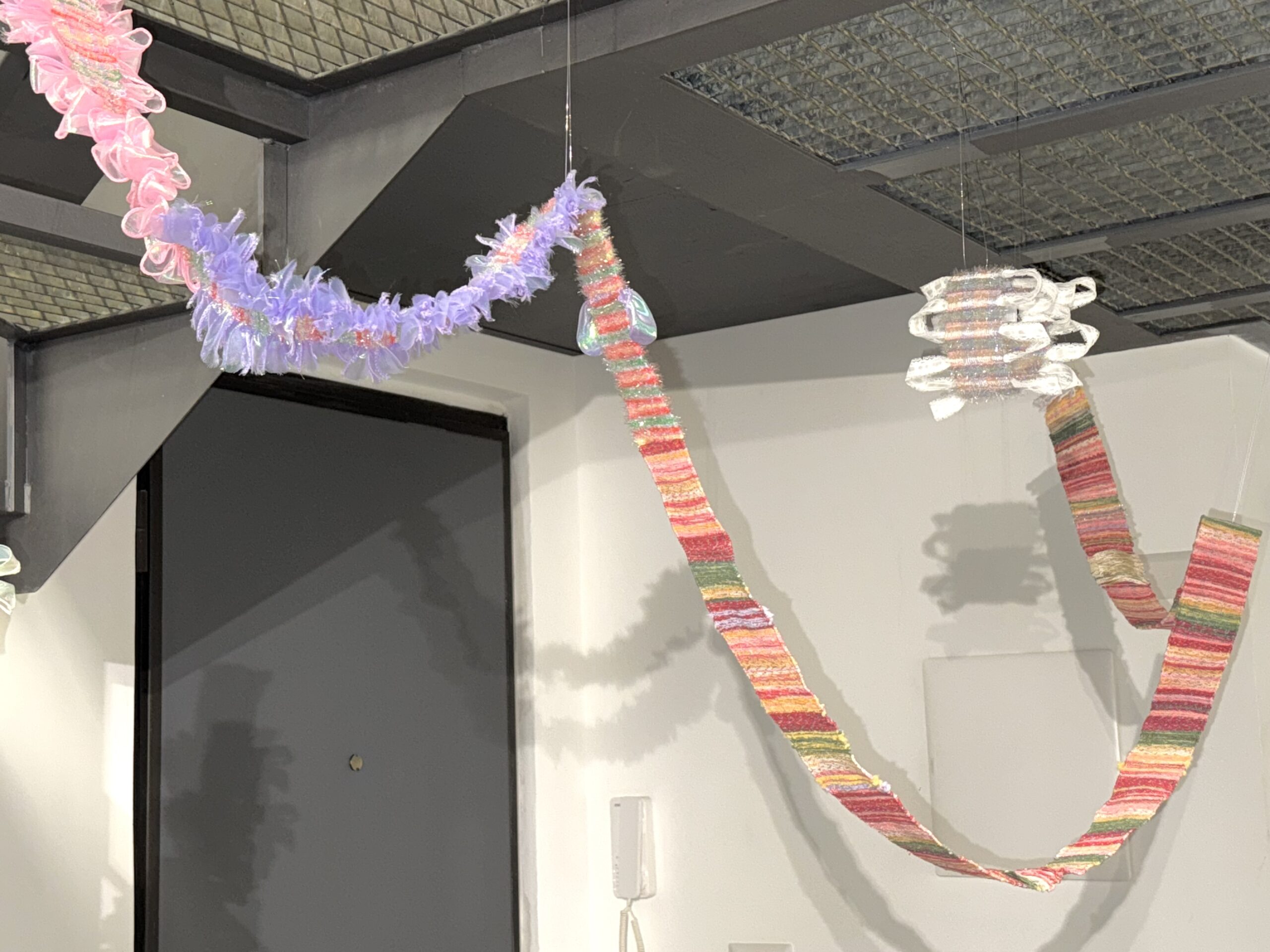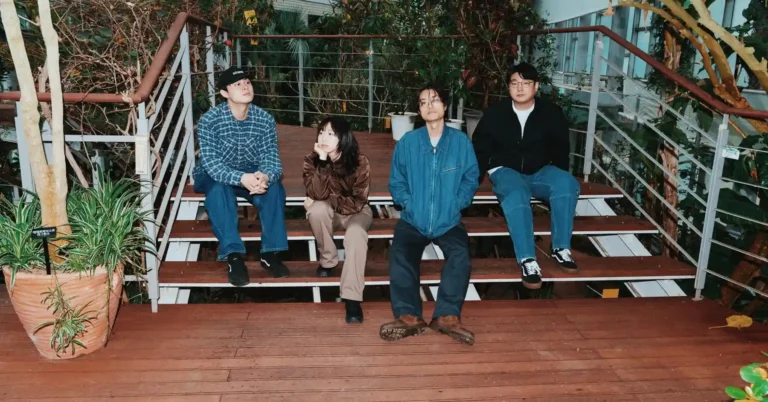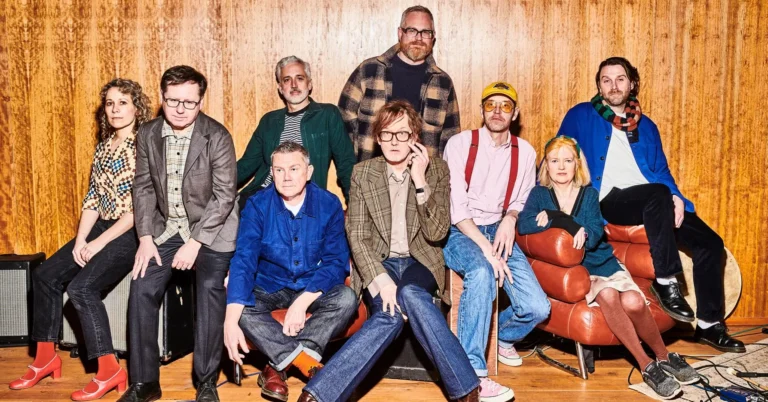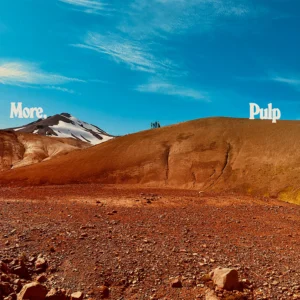You all know that friend who is head over heels for a TV series. Whenever there is a new release, they already know. They have subscriptions to Netflix, Hulu, Apple TV, and all those streaming services you know about. These kinds of friends may not be hard to please as giving them a suggestion wins over their hearts.
However, on special occasions, you feel like you want to give them something more. Something that really speaks to their heart. That when they look at it, they will just know that you have a deep appreciation and love for them. This article will help you find the perfect gift for those closest to you.
Personalised gifts
What would speak more love if not a personalised item with your favourite TV series character? Just imagine you are a Game of Thrones (GOT) fan, and someone gifts you a personalised cushion of Daenerys Targaryen on her dragon Drogo. You’ll definitely love it dearly.
Now, you can easily get personalised items from wanapix.co.uk with photos or logos of your loved one’s favourite series. The good thing is that you are not limited to the things you can personalise, especially if they frequently use the item. You can get a keyring, mug, trophy, lamps, doormats, etc. Your imagination is your limit, as long as they would appreciate the gift.
Video games
The one thing that would be better than someone watching their favourite character on screen is being that character. Video games allow people to play out and interact with different characters from popular movies and TV series.
For example, XCOM developer Firaxis has come up with a video game that combines heroes from different Marvel TV series. You are able to build relationships with Iron Man, Spider-Man, Ms. Marvel, Wolverine, Blade and more. The game, Marvel’s Midnight Suns, is perfect for any Marvel fan.
Another game that might come as a shocker is Desperate Housewives: The Game. Yes, you heard it right. You thought that dramas had no capability of coming up with video games? How wrong you were!
In shorts, there are video games for different genres of shows, starting from drama, manga, animated tv series, action and all those genres that your friend might be interested in.
Books and more books
If you have realised, many tv series are based on books. These books have intricate plots and original strories, sometimes more detailed than what you watch on the screens.
For example, the TV series “The Witcher” is based on a series of books with the same title, The Witcher. It is a collection of 9 books authored by the famous Polish author Andrzej Sapkowski. The popular British Drama “Bridgerton” is based on the novel series by Julia Quinn. Also, the series “Orange is the New Black” is based on a memoir of the same name, even though the show deviates from the book after season one.
If your loved one is a fan of books, then getting them novels of the shows they have watched and loved could really mean a lot.
Streaming service subscription
With the rise of streaming services, having access to an extensive library of TV shows is quite essential for any TV enthusiast. You can easily impress your loved one by offering to pay for a subscription to one or more streaming platforms, including:
- Netflix
- Hulu
- HBO Max
- Amazon prime
- Disney+
All these streaming services allow you to explore a myriad of shows without any limits. Also, you can consider niche streaming services like Shudder for horror fans or BritBox for lovers of British television. There is no need for your friends to suffer when you can gift them unlimited shows.
Posters and wall art
Whenever you get the house of a movie enthusiast, you will always find posters and wall art of their favourite actors. It is, therefore, well in order if you can decide to surprise one of your friends with a high-quality framed image of an iconic scene from a show.
A good example would be having a framed image of the Avengers: End Game scene where Captain America calls out, “Avengers, Assemble!” That is one of the most iconic scenes from any TV series ever created. Another iconic scene is Wednesday’s dance in the series Wednesday. Having such framed images just shows that you know quality, and your loved one needs to live with quality!
Themed board games and puzzles
For fans who enjoy game nights, having themed board games and puzzles might be the best gifts you can give. These games bring the excitement of beloved shows into interactive entertainment. They give fans an opportunity to engage with familiar characters, settings and storylines.
Now, whether you will be solving mysteries or competing in trivia, these games offer an exciting extension of the TV-watching experience. In fact, you can even decide to have themed game nights where you dress up as characters from a show and then engage in different games involving the show.
Well, for jigsaw puzzles featuring iconic moments, they serve both as an engaging challenge and a decorative piece once completed. If your friends love game nights, then these kinds of gifts would be great.
You can be pretty sure that impressing a tv series fan is not that hard. It just takes a keen eye to note what kind of shows intrigue them then get something that is specially made to fit that. At the end of it all, it’s the thought that counts!


 Bon Iver
Bon Iver



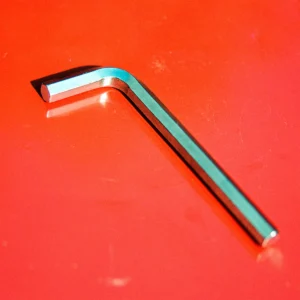 Mamalarky have returned with a breezy yet dizzying new record called
Mamalarky have returned with a breezy yet dizzying new record called 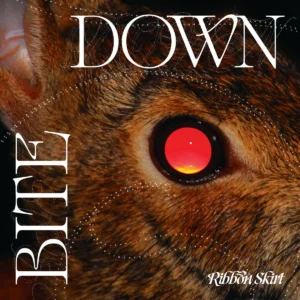 Ribbon Skirt, the Montreal art-rock band formerly known as Love Language – led by Anishinaabe musician Tashiina Buswa – have come out with their debut LP, Bite Down, via
Ribbon Skirt, the Montreal art-rock band formerly known as Love Language – led by Anishinaabe musician Tashiina Buswa – have come out with their debut LP, Bite Down, via 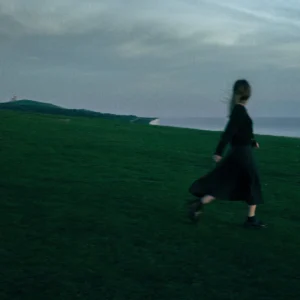 Joni’s reflections on
Joni’s reflections on 